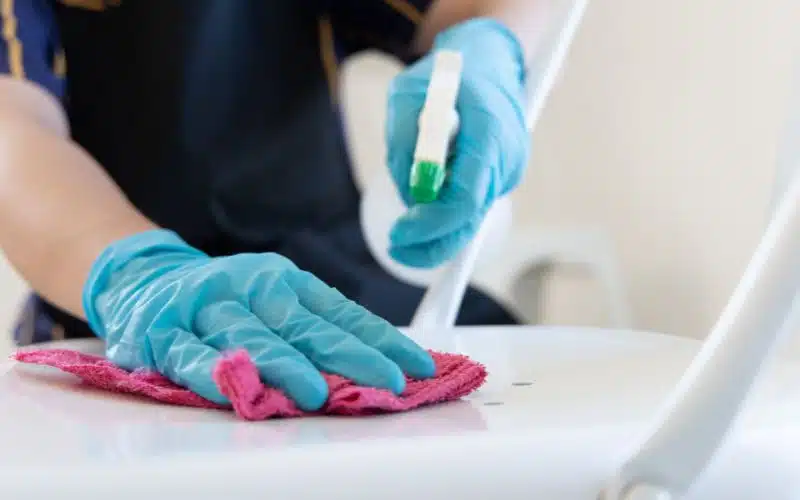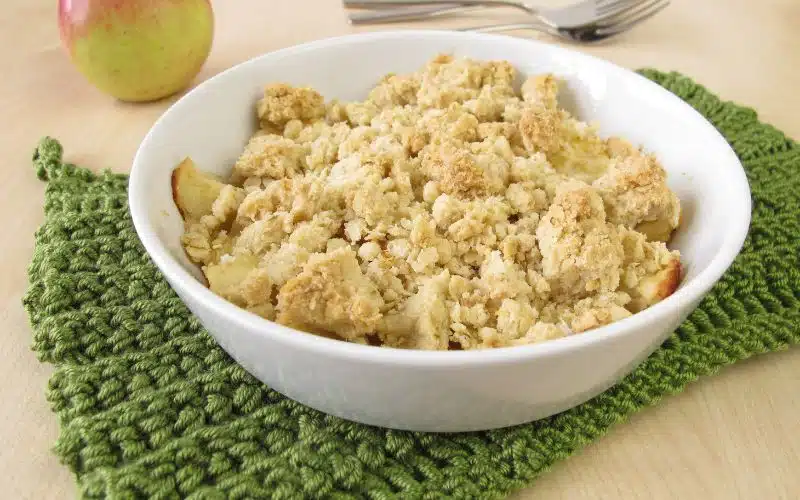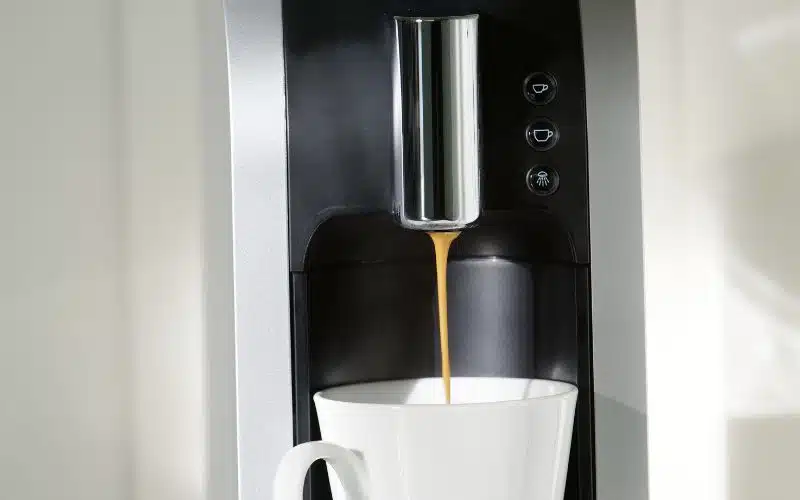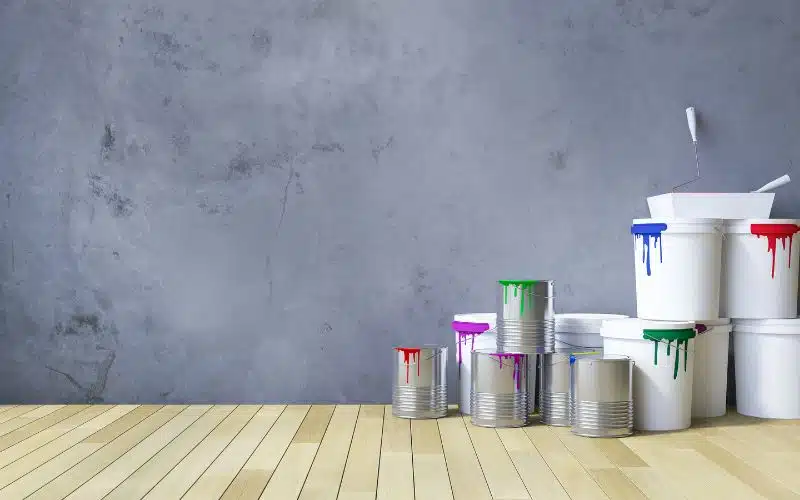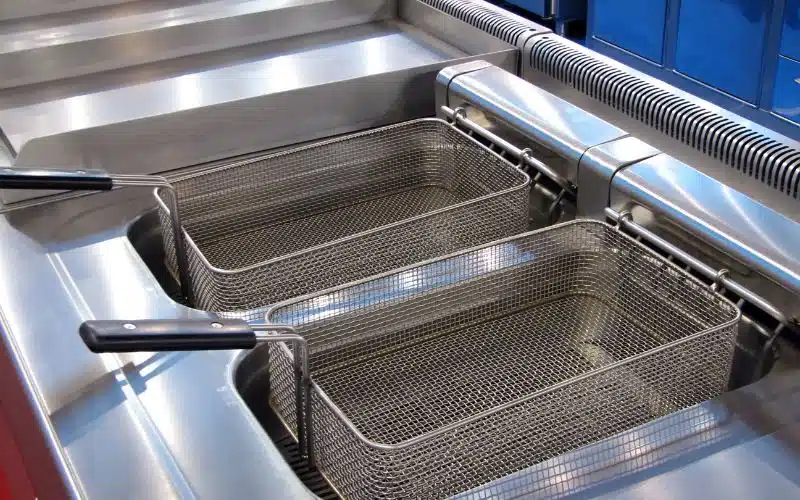Plexiglass is a type of transparent plastic that is very easy to work with. It has many industrial uses, such as signage, displays, and even doors and windows.
It is also used for aquariums because it is clear and will not cloud over as glass does.
In addition, some people tint plexiglass for decorative purposes or to give their home or office privacy. If you want to tint your plexiglass, you are here to find out if that is possible.
Yes! You can tint plexiglass. When you’re thinking about installing a tinted window in your home or office space, it’s essential to understand how this would affect the energy efficiency of the room. Tinting your plexiglass will reduce heat loss through windows and doors due to its ability to block out UV rays and other wavelengths of light.
How Do You Tint Plexiglass?
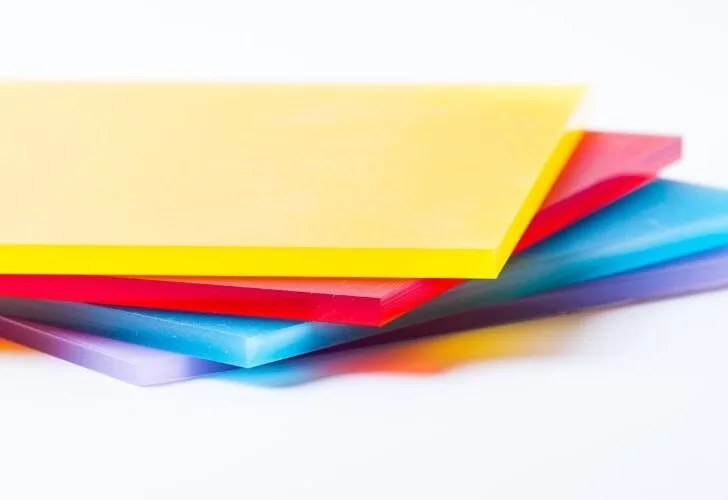
Plexiglass is not regular glass. If you are planning on tinting your plexiglass just like you would with a regular glass, I suggest you do not unless you are okay with ruining a perfect door or window.
Plexiglass does not consist of glass. It consists of transparent plastic and has thermoplastic properties, so tinting it the traditional way is an absolute no-no!
So, here is a step-by-step process to guide you on your way toward tinting that plexiglass perfectly:
#1. Step 1 – Clean The Plexiglass
First, you should clean the plexiglass and make sure it is free of contaminants. Such contaminants include dust, dirt, or strange liquids (especially grease!)
#2. Step 2 – Make The Plexiglass Surface Rough
The next step you need to take is to roughen up the plexiglass surface. Use wet sandpaper to scrape the surface of the glass very lightly, or try the sanding process.
This action allows the tinting process’s smooth running and the tint to adhere better to the plexiglass.
You should be careful at this stage because you do not want to damage the plexiglass surface through the roughening procedure. However, please do not overdo it!
#3. Step 3 – Clean the Plexiglass to Remove Sanding Dust
Clean the sanding dust off the plexiglass carefully, as this is also a delicate stage. You do not want to damage the surface of the plexiglass right before applying the tint.
First, try using a vacuum or a clean cloth to clean the loose particles or debris on the surface of the glass.
Next, use sandpaper to gently clean the surface of the plexiglass, then use a clean cloth to clean the remaining dust off.
#4. Step 4 – Conceal the Spots You Do Not Want to Tint On the Plexiglass
You can do this with masking tape; a plastic sheet also comes in handy. Use them to conceal parts of the plexiglass you do not want to tint during the tinting procedure.
#5. Step 5 – Coat Your Plexiglass Using Spray Paint
The number of even coats to use depends on the color you want to tint your plexiglass and the spray tint.
When you choose the right spray paint to tint your plexiglass, you should apply an even coat on the surface of the plexiglass.
#6. Step 6 – Dry the plexiglass
The next step in this process is to dry the plexiglass. Again, it would help if you dried the plexiglass in a well-ventilated area to allow fresh air to do its magic.
You can also use a fan to speed up the drying process and keep your paint looking fresh.
Ensure the air you use in the drying process is dirt-free to prevent particles from sticking to the drying paint, ruining your tinted plexiglass.
#7. Step 7 – The Plexiglass Needs One More Layer Of Clear Coat
This extra layer is vital because it helps you to protect the tint on the surface of the plexiglass.
#8. Step 8 – Dry The Clear Coat
You should dry the clear coat and make sure it dries. Then, follow the same drying process as when drying the tint, and you will be fine.
#9. Step 9 – Remove the Masking Tapes Or Plastic Sheets
The final step in this process is to remove the masking tapes or plastic sheets used to conceal the other parts of the plexiglass.
Those were the parts you did not want to be tinted, now, it is time to open up those hidden parts, and you are through with the tinting process.
What Happens When You Tint Plexiglass?
Plexiglass is a transparent plastic used for windows, aquariums, and other applications where light needs to pass through.
The material is transparent because it contains microscopic air pockets that scatter light as it passes through the surface, rather than absorbing it as window glass does.
As a result, it makes the material more optically clear than glass. When you tint plexiglass, the plexiglass can block out harmful UV rays while keeping your room or environment from absorbing heat.
Tinting plexiglass and using it in your room as a window, door, or anywhere else helps prevent the glare from the sun for the greater good of your eyes.
How to Remove Tint From Plexiglass?
Removing the tint from your plexiglass will improve its appearance, making it more transparent and clear. It can help make things easier to see and read in certain lighting conditions.
Here are several ways to remove tint from your plexiglass:
#1. Step 1 – Removing It the Normal Way
Removing your tint from the plexiglass should not be too hard if it is straight from the retainer. And the tint or film should come off quickly.
Raise it in the corner of the plexiglass and peel the entire thing off slowly, long, and consistently. Then, you can lift the film using tweezers or a single fingernail to help you peel it off.
You can also use a stripe of tape to assist by placing it on top of the film and pulling it up.
#2. Step 2 – The Next Thing to Do Is Clean the Plexiglass
Once you finish removing the film, make sure no dust particles or dirt are remaining on the plexiglass’s surface by cleaning it.
It would help if you also cleaned it because there might be lines from the moments you paused while removing the film. But do not worry; those lines should not be a hassle as they clear off quickly.
#3. Step 3 – When the Film Refuses to Come Off
Manufacturers always advise you to use the protective film or tint for a limited time frame of two years.
But unfortunately, and almost impossibly, the adhesives holding the protective film and the plexiglass dry up and adhere to each other.
Also, certain conditions can make the film impossible to remove. Try soaking the plexiglass in water (hot water but do not make it too hot so it will not damage the acrylic) as it can help remove the film.
So, be extra cautious whenever heat is involved. The critical thing to remember when removing tint from plexiglass is that the material is very soft and fragile, so be careful not to scratch or damage it during removal.
What Kind of Paint Will Stick to Plexiglass?
The most important thing to remember when choosing your paint is that not all paints are created equal! Some paints will adhere better than others, but the wrong kind can cause damage to plexiglass over time.
Another essential thing to remember when applying any paint is to make sure that you are using a primer made for plastics.
It will help ensure that your paint sticks appropriately and will not peel off in a few days.
The best way to determine what paint to use on plexiglass is to test it before you go all out. Many paints will stick to plexiglass, but some are more likely to work than others.
The most common mistake people make when painting plexiglass is using the wrong type of paint.
You do not have to buy expensive, high-quality acrylic paints; you can use almost any kind of paint you want. However, you do need to choose paint that will stick well to the plastic surface.
You should know that the best paints you use on plexiglass are acrylic-based paints or ink. Acrylic paints are inexpensive, easy to source, and simple to use.
You can use two different kinds of paint that will stick to plexiglass. These two types of paint are acrylic in nature.
These two types are namely; water-based paint on a latex base or solid acrylic lacquer.
It would be best if you always were careful when using a plastic primer as it ensures that the paint sticks to the surface of the plexiglass. In simple terms, it prevents the paint’s peeling and flaking on the plexiglass surface.
You can use different methods to apply these acrylic paints to plexiglass, and you can use a spray can or a paintbrush as well as a sponge. Here are several types of plexiglass and their features:
| Polycarbonate | Lexan | Acrylic |
|---|---|---|
| Fairly rigid | Flexible | Flexible |
| Cracks easily | Is not prone to cracking | Cracks easily |
| Possesses a pliability temperature of 240F (115.5C) | Possesses a pliability temperature of 280F (137.7C) | Possesses a pliability temperature of 500F (260C) |
| It can be found in transparent, tinted colors | It can be found in clear, tinted colors | It can be found in transparent, tinted colors |
| UV reactive | UV reactive | Not UV reactive |
Conclusion
Tinting your plexiglass is a great way to keep it looking new for longer and give it a unique look. Whether tinting the windows or doors in your house, you can tint plexiglass in any color.
It is easy to do yourself, but you should consider hiring professionals if you do not have experience with this type of work.
